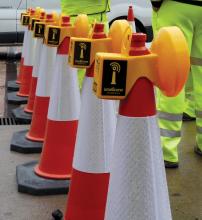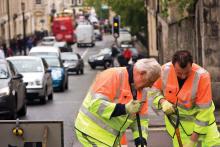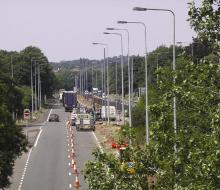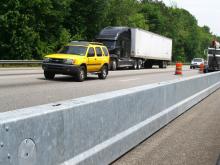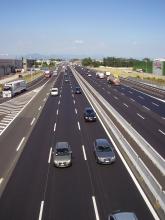The US has seen a major reduction in deaths following accidents in its highway construction work zones, while Europe and other parts of the world are looking at new safety technology and systems to trigger a similar trend. Guy Woodford reports. Work in the US to reduce the likelihood of potentially fatal accidents at highway work zones is paying dividend.
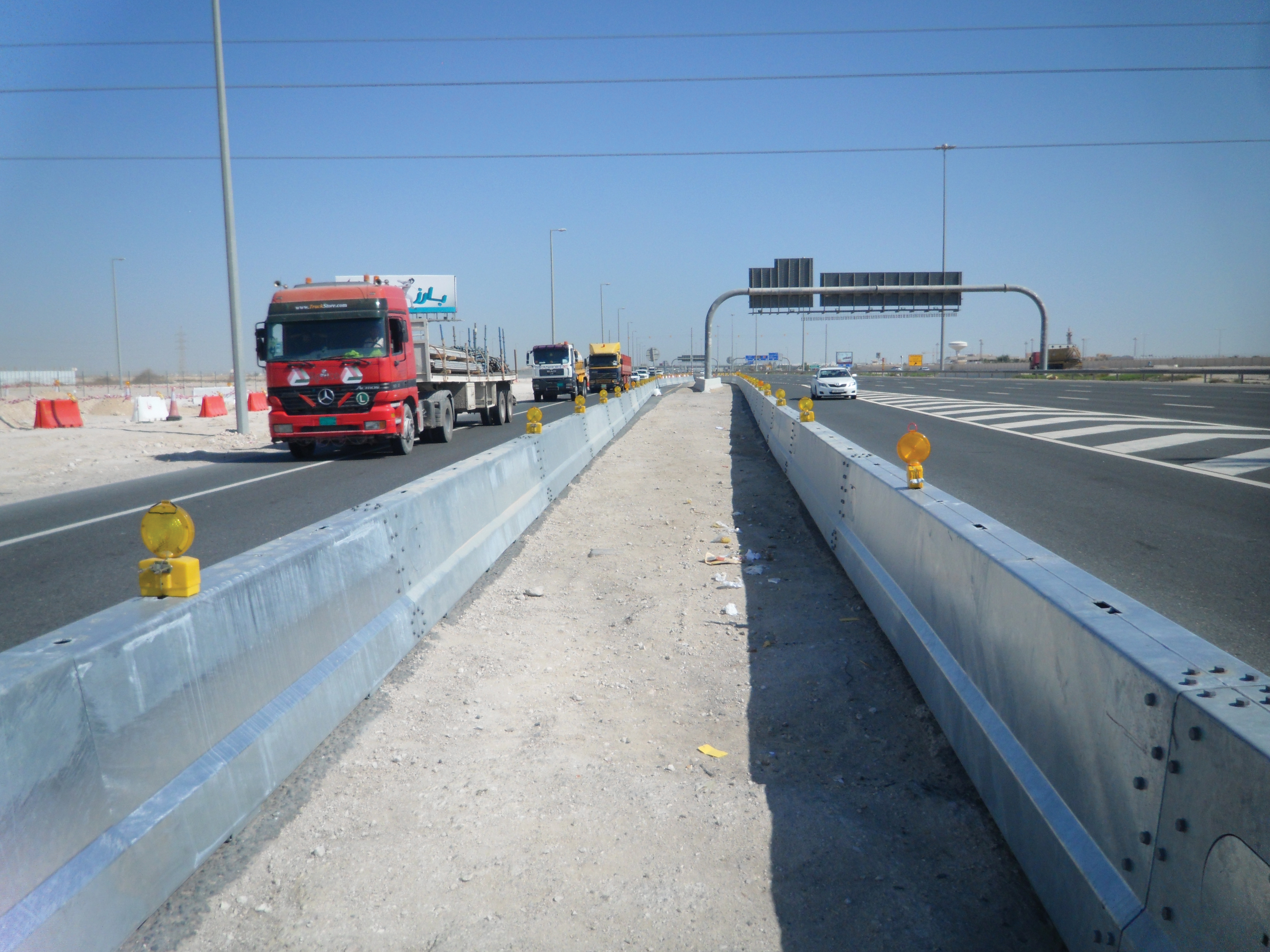
Highway Care International’s BarrierGuard system has been installed on the Salwa International Highway in Doha, Qatar
The US has seen a major reduction in deaths following accidents in its highway construction work zones, while Europe and other parts of the world are looking at new safety technology and systems to trigger a similar trend. Guy Woodford reports
Work in the US to reduce the likelihood of potentially fatal accidents at highway work zones is paying dividend.According to new figures from the
Patrick Sankey, president and chief executive of the
“We believe this drop is the result of a combination of more stringent legislation requiring protection in work zones, contractor training kicking in and state and federal distracted driver campaigns.”
Sankey said he was concerned that feedback from IRF international seminars indicated that motorist and highway worker safety in work zones outside the States is “not always treated as a serious issue”.
“This is particularly [the case] in high traffic growth countries where the lack of data and standards is endemic,” he added. “This is where contractor education really makes a difference. IRF has been providing hands-on roadside and work zone related training to road agencies for 15 years, and we are now at a stage where we can provide nine days of continuous exposure to case studies and best in line remedial approaches to our audiences.”
Last month, the
In England alone nine road workers were killed and a further ten seriously injured by motorists travelling through works on motorways and A roads between 2005 and 2010. Over the same period, seven drivers and three passengers were reported to have been killed while driving through road works.
Scott Millar, account director for the Amey Area 9 (West Midlands) contract, said the difference between near misses and a serious or fatal injury to a road worker can often be a “matter of seconds or millimetres”. “It is vital that road users take extra care when passing through road works and adhere to any temporary speed limit that may be in place,” said Millar.
“We realise that roadworks can frustrate road users, but we would urge everyone to question whether it is worth risking their own and other people’s lives just to save a few minutes on their journey.”
As part of Amey’s focus on safety, employees are encouraged to report any incident that could have resulted in an injury to them or their fellow workers. This enables the company to identify and address risks to safety to prevent future accidents on the 1,496km of West Midlands trunk roads and motorways they manage on behalf of the HA. Around three million vehicle movements a day are recorded on Amey’s managed road network, which includes sections of the M5, M6, M40, M42, M50 and M54.
The firm, who employ more than 11,000, is working closely with the HA to emphasise the importance of motorists taking extra care when travelling past work zones.
“Road workers spend days and nights in a very dangerous environment and the vast majority of road users would be shocked if their own workplace had such high levels of risk and danger,” said Charlotte Foster, an HA road worker safety champion.
“That is why the Highways Agency, Amey and every individual road user should do all we can to reduce the number of near misses and avoid a serious accident in the future.”
In March 2011, the
It has been compiling information on the varied road work zone signs, markings and regulations used in individual European countries. This has included the signs, speed limits and user information for drivers approaching road work zones and factors such as lane widths, markings and guiding lights within work zones themselves.
In November 2011, the ERF arranged a panel discussion on the issue as part of a wider road safety and infrastructure debate at the European Parliament (EP). The event involved members of the EP, as well as representatives from the
Meanwhile, the company’s flexible DB 80 series is being used as both a temporary and permanent road safety solution. A recent example is the permanent installation of DB 80F on a 30km stretch of the A8 and A3 near Wurzburg, Germany. In its permanent application the DB 80F has European containment level H2, under the EN1317 standard, and uses a new anchoring method.
The DB 80 series saves vital funds by negating the need to rent or purchase temporary work zone protection which then needs to be transferred to site.
Meanwhile, UK-based
Said by the HCI to have been chosen by
Easily transportable and quick to deploy, BarrierGuard has since been redeployed to another MT project in Qatar. The system’s ‘QuickMount’ connector design allows installation of up to 300metres of barrier per hour with only four operators. Combined with delivery of up to 216m per load, installation costs, according to HCI, are competitive. BarrierGuard is available in six and 12m section lengths with special angle sections.
Screen-Safe consists of an innovative ‘double-reverse’ corrugated (DRC) fabric, formed from hot-dipped galvanised sheet steel. The DRC fabric is powder-coated to provide additional protection from salt and snow. Screen-Safe is said by Transpo to be the most durable highway glare screen on the market.
As well as being suitable for installation in permanent locations on concrete barriers and steel guardrail, Screen-Safe can also be used on curved roadways, access ramps, raised highways, construction lanes and toll booth plazas. For temporary work installations, it can be quickly removed and reinstalled at a new location, with minimal disruption to traffic flow.
Finally, Highways Term Maintenance Association (HTMA) member companies
Launched in October 2011, Intellicone transforms ordinary one-metre cones into an electronic safety perimeter. Wireless sensors, fitting on top of the cones, detect any breach of the cone barrier and activate and audio-visual site alarm system to give a warning to the road workers. The alarm also sends a signal to the portable central site alarm and is relayed from one sensor to another along the site of the road works.
In the case of unmanned sites, the signal is sent to a remote control office to raise the alarm of a breach to the barrier so action can be taken to investigate and correct any disturbances to the temporary road barrier.
“This is once again another excellent example of A-one+ shaping the wider industry by the sharing of best practice,” said Brian Stanforth, group leader of A-one+.
The system will be developed further to integrate a new digital service to produce valuable data for advanced operational, safety, procedural auditing and efficiency information.
It is currently being used in a number of highway work zone projects across the UK, including the US$106.99million M4/M5 managed motorway scheme near Bristol.

